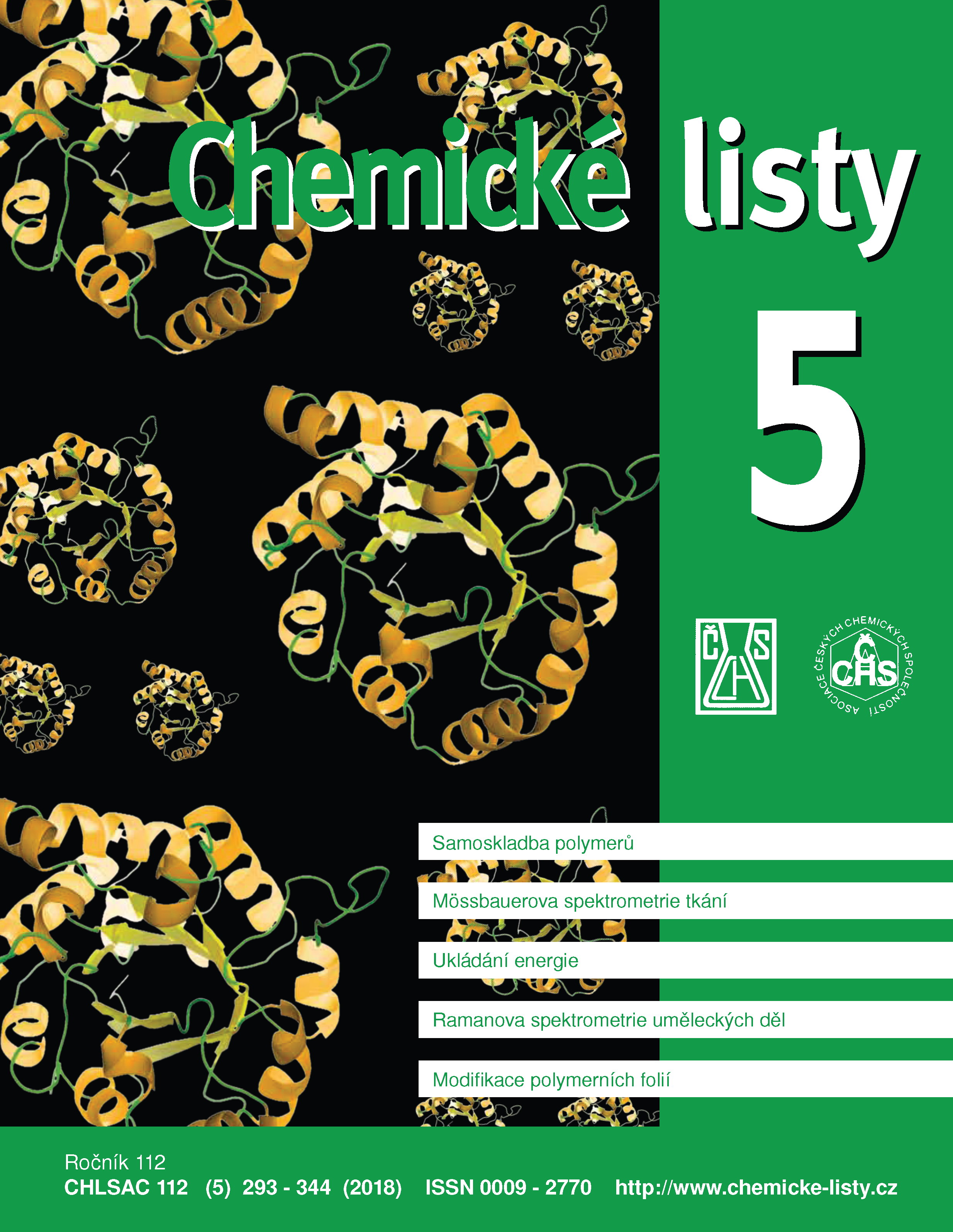Hormetická odpoveď rastlín na ióny kovov a polokovov
Klíčová slova:
kovy, polokovy, rast, rastliny, stimuláciaAbstrakt
The study of the impact of toxic substances on organisms is currently being given great attention, while the studies of the positive effect of low doses of these substances on the organisms (the so-called hormesis) also constantly appear. A typical hormetic response in plants is caused, in particular, by non-essential, toxic and trace elements. Although the knowledge about mechanisms of hormesis is growing, the phenomenon is not sufficiently explained so far. Some trace elements, such as arsenic, mercury and cadmium, can be powerful elicitors of activation of plant defence mechanisms against various types of stressors, but their practical application as hormesis agents is limited due to the fear for the environment and to the narrow range between stimulatory and toxic concentrations. More thorough biochemical, molecular and biological analyses can help clarify other mechanisms of hormesis, which may extend possible practical applications.





